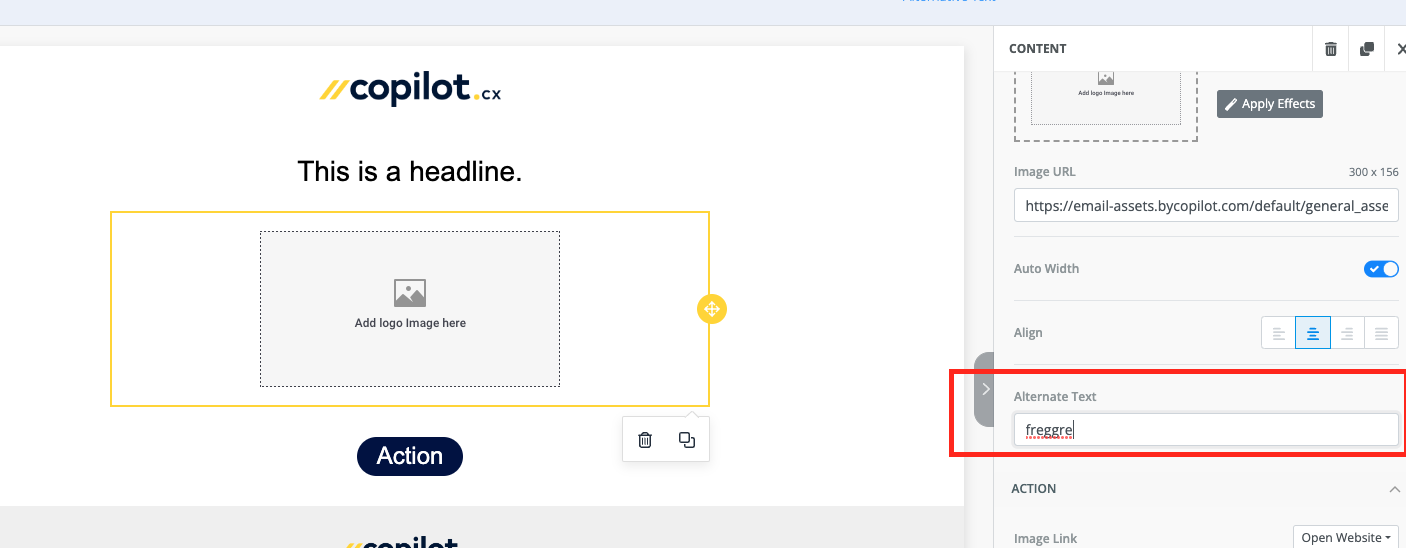If your emails are going to spam, it probably has something to do with your domain reputation.
This is set by the level, amount, and way your domain sends emails and can cause different email clients to blacklist your domain – having a dramatic impact on your conversion rates.
To check your domain reputation and where you stand in terms of deliverability, check out tools like Talos.
Now, let's dive into the specifics of what causes deliverability problems and what you can do about it.
What causes changes in deliverability
When users read your emails and click them, this pushes your domain reputation up. The more engagement, the better.
But when a user's email is not real, or they unsubscribe or send your email to spam, this lowers your domain reputation – both for that email client and in general.
When Copilot.cx receives a complaint, such as a user marking an email as spam, we also unsubscribe the user.
Other than the actions on the rest of this page, Copilot.cx has three automatic systems to protect your domain reputation:
1. Automatic protection
Copilot.cx validates all emails prior to sending.
If a user gave us the wrong email address – like xxx@gmail.con instead of .com – Copilot.cx will not send the email. Instead, it will unsubscribe the email address to avoid sending failure (otherwise known as "bounce").
2. Proactive protection
Copilot.cx proactively protects your domain reputation in two important (and totally automated) ways:
Adding an "Unsubscribe" button to emails so users can remove themselves from the mailing list, instead of marking your email as spam.
Unsubscribing user emails that bounce because the email addresses are not real or no longer exist.
3. Critical stopping point
When Copilot.cx recognizes a dangerous bounce rate for your system, it will automatically stop the email sending until our team researches the issue. This is to avoid any critical problems that could significantly lower your reputation.
What you can address to improve deliverability
The right time and the right content
Email campaign success isn't all about clickthrough rates (CTR). It's also important to compare the unsubscribe rate of your emails.
You can improve this by working on the right subject lines, the right times, and the right content for your emails to make sure you’re sending information that is relevant to the recipient.
Avoid using spam trigger words such as 'free', 'guaranteed', 'discount', and 'urgent, as well as excessive use of exclamation marks or capital letters.
By getting all of these ingredients right, you can minimize unsubscribes and maximize engagement.
More ongoing content
As a general rule, a bulk of emails that exceed 200% of your daily sending rate affect the reputation of your domain as a whole.
The more standard ongoing campaigns you have, the more emails you send on a daily basis, and avoid the influx of emails on occasions like Black Friday sales.
You can also prepare for occasions like these as suggested in the deeper explanation.
Multiple domains
External marketing (like outbound campaigns) can significantly impact your domain reputation. After all, some communications always get more engagement than others.
So it's a good idea to use different domains for different types of content. By keeping your pure domains for operational user engagement and internal emails, you can maintain high deliverability and domain authority for the messages that matter most.
Text vs. images in email
When shown imaged alone, without any text, email providers read your email as Spam.
To avoid that, make sure your images have alt-text to them, especially If your email is all images without any text.

Technical actions you can take to improve domain reputation
If you get a bit stuck on this section, your domain management team should be able to help.
MX records
You should first validate that your domain MX records are correct and allow for the various email clients to verify the email sender. Google has a great tool to validate your records.
This is a process that is done once when the system is created but should be verified if you are having deliverability issues.
DMARC record
DMARC is a more in-depth way for email clients to validate the authenticity of your emails. If you haven’t done so yet, you should learn more about what a DMARC is and how to set it in this excellent article by one.com.
Domain warming
A good option for improving your domain reputation is domain warming.
In essence, this is about automatically sending more and more emails with good deliverability to improve your reputation. There are many systems, such as lemwarm, that offer this sort of service.
Dig deeper
There’s so much more to the world of reputation and deliverability.
Dig deeper into your reputation and what you can do about it in the next article.
